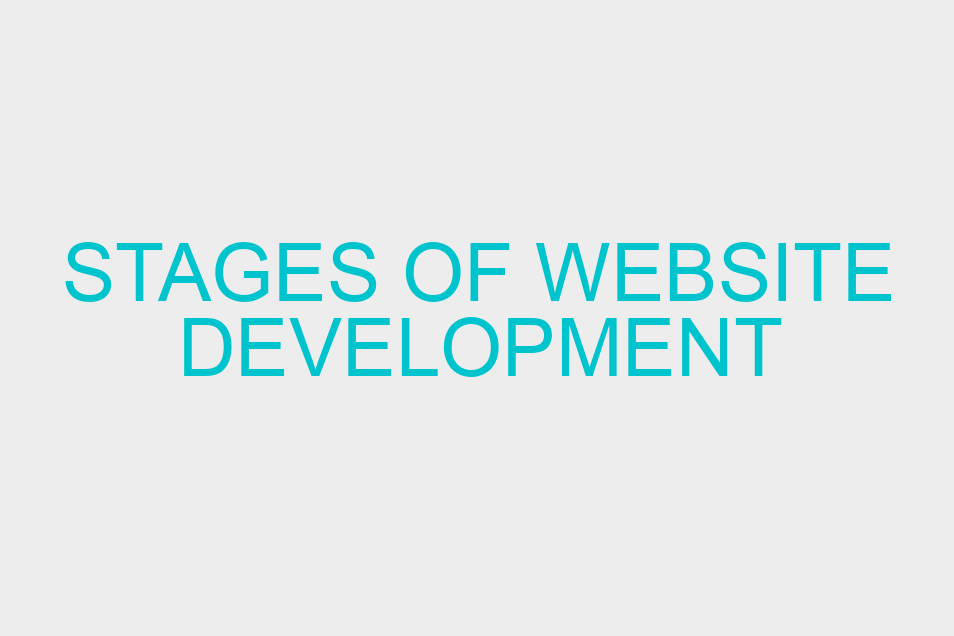Stages of Website Development

So you’re planning to create a website. What are the stages involved in this process?
At the very core of every website development is the collection of relevant data. By doing this, you will have a deeper understanding of what you want to do with the site (its purpose) and what you should do in order to achieve your goals and not stray away from your purpose.
On your end, you have to think about the purpose of your website. Do you plan to sell or product a product online or do you want to inform through your site’s content? Is your end goal to earn through sales or through ad revenue? Who is your target audience? Are you targeting a niche audience or the general public? All of these will inform your site’s general structure and content.
Ready to Ignite Your Website?
If you are not satisfied with your current website designer or SEO, call me, Nicole Brooke. I’m highly efficient and always available.
On the viewer’s end, find out as much as you can about what they want. The goal here is to discover what will make them visit your site and will keep them from leaving.
All of these will dictate what kind of site you need.
After this, you move on with the actual planning stage. What designers usually do here is create a site map or flow chart so they’ll be able to visualize the actual structure of the site. For instance, from the main page, create a list of subtopics—which will be the subpages.
Once you’ve create the map, decide on what tools and aids you need on every page. Again, this part depends on your purpose. Do you want audio files? Social media sharing options? Flash animation?
Next comes the planning for the actual design of the site and its corresponding content. Remember that design should complement your site’s content; the main goal here is to deliver the goods to the reader as conveniently as possible.
At this point, the site in construction is usually placed on a temporary web space. This way, designers (and their clients) will see what the site looks like online in order to make the necessary changes. This is where the development stage comes in; or, rather, the part where everything is implement on the actual site.
While this is happening, it’s best to have the actual domain name registered and the web space purchased.
When everything has been checked to be working properly, the site goes live. Needless, this is merely a very basic example of how the process works.
If you want to have a website designed and developed, contact Ignition Media and check out their website portfolio.
